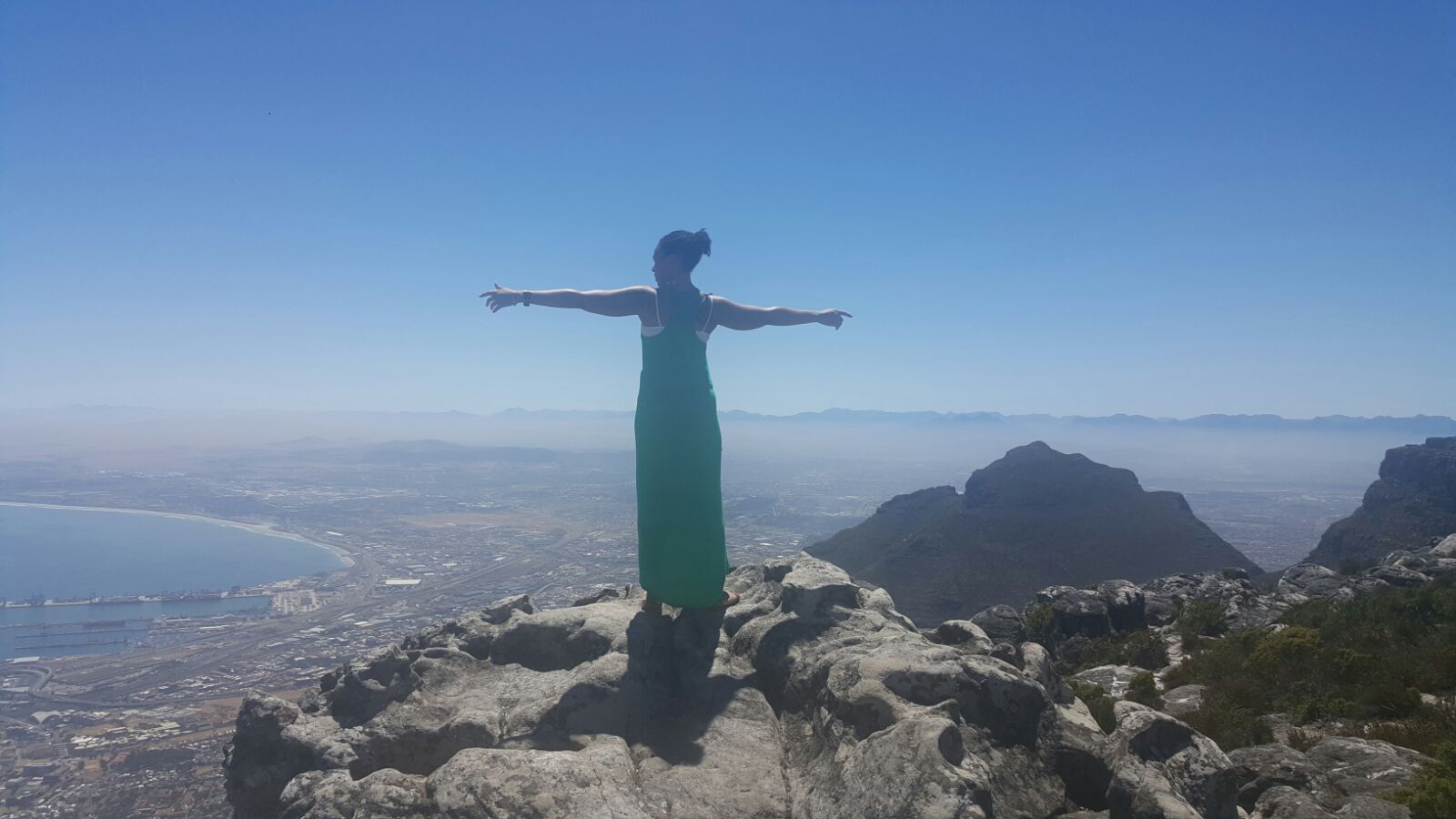
This past weekend I had the opportunity to visit Arusha, Tanzania with a group of dynamic women. Just a road trip, a girls’ weekend, time to see something new and decompress. Of the five women, I only knew one, the one who invited me. As those of you who have traveled with a group know, there is always a little apprehension when traveling with new people. We were all pleasantly surprised that we got along well, seamlessly well in fact.



For me, this experience was one of many transformational moments during my time here in East Africa. Crossing the border of Kenya and entering Tanzania, felt different yet familiar and comfortable. Arusha is a small town, but extremely clean and well maintained. From town you can see both Mt. Kilimanjaro and Mt. Meru. Expansive green spaces and a mix of both traditional and modern architecture. The people are extremely gracious and inviting and the food was phenomenal. We had several types of Tanzanian nyama choma (roasted meat) and mtori, a traditional soup made from plantains and seasoned beef or goat. We sampled Tanzanian coffee and tried a local spirit called Konyagi, which just like my travel companions, mixes well with others. 🙂



One of the highlights of the trip was spending time at the United African American Community Center (UAACC) with Mzee and Mama C (Pete and Charlotte O’Neal); two former Black Panthers who have been living in exile for more than 40 years. For those of you who are unfamiliar with the Black Panther Party, they were a revolutionary organization founded in the United States in the late 1960’s. The group formed in reaction to the continued attack on the civil rights of Black Americans, police brutality and food injustice in minority communities. Though notorious for their “by any means necessary” rhetoric, the core values of the party centered on community social programs that increased health care access and provided free breakfast for children. However, due confrontations with authority, especially law enforcement agencies, members of the Black Panther Party found themselves victims of false convictions and imprisonment. This was the case for Mzee, forcing him to flee the county in 1970. In 1972, the couple settled in Imbaseni, a village right outside of Arusha. They used this time, to create an impressive center dedicated to education. Education of local children, as well as visitors from all over the world, on the subjects of racism and the devastating consequences of continuing to ignore the racial injustices in American and around the globe.


 This trip gave me time to bond with inspiring and encouraging people, sample new cuisine, catch glimpses of two of the tallest mountains in Africa and to reflect on my next steps after my time in Kenya, in Mutomo. I can only hope to build a legacy as important and life-altering as the one Mzee and Mama C continue to build at the UAACC.
This trip gave me time to bond with inspiring and encouraging people, sample new cuisine, catch glimpses of two of the tallest mountains in Africa and to reflect on my next steps after my time in Kenya, in Mutomo. I can only hope to build a legacy as important and life-altering as the one Mzee and Mama C continue to build at the UAACC.



For more information or if you’re interested in donating to the UAACC, please see below.






























 Typically, my clinical responsibility ends at birth. When all things go well, after guiding the mother through prenatal care, labor and delivery, I happily hand off the new bundle to the awaiting nursing or pediatric staff. I congratulate the parents and wish the baby “happy birthday”, before exiting the room to complete my notes. Here in Mutomo, my responsibility is not over. Normal newborns with no issues are assessed at birth and then discharged with their mothers to follow up as outpatients. However, we admit those neonates with complications and they become part of the maternity service, i.e. my service. As you can imagine, I had to tune up on my newborn medical knowledge.
Typically, my clinical responsibility ends at birth. When all things go well, after guiding the mother through prenatal care, labor and delivery, I happily hand off the new bundle to the awaiting nursing or pediatric staff. I congratulate the parents and wish the baby “happy birthday”, before exiting the room to complete my notes. Here in Mutomo, my responsibility is not over. Normal newborns with no issues are assessed at birth and then discharged with their mothers to follow up as outpatients. However, we admit those neonates with complications and they become part of the maternity service, i.e. my service. As you can imagine, I had to tune up on my newborn medical knowledge.






